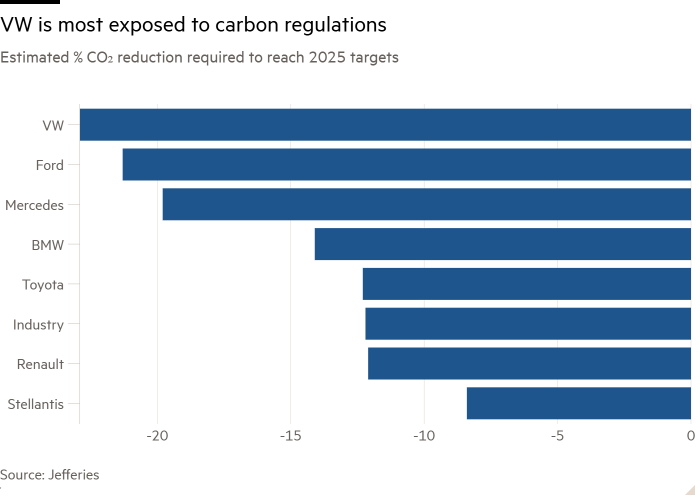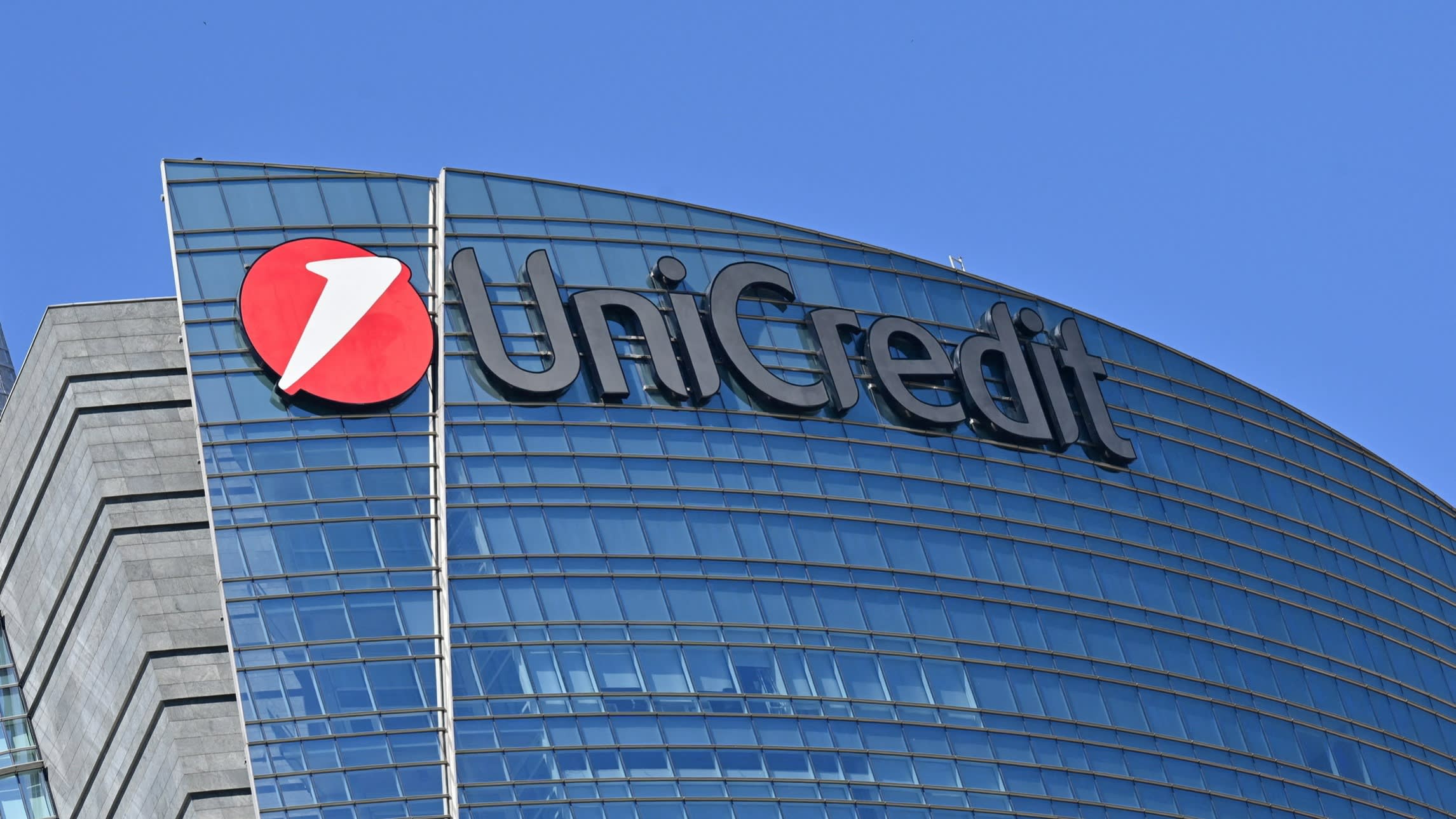Good morning. Donald Trump has a significant lead in the still-incomplete results of the US presidential election, and global financial markets are pricing in his return to the White House. Below, I bring you the latest from across the Atlantic and how Brussels and EU capitals are preparing for a result.
Plus, our Berlin correspondent reports on the elected official from the Alternative for Germany (AfD) who has been arrested in a German police swoop on a far-right terror cell.
Trump 2.0 looms
European capitals are waking up to the realisation that Donald Trump is more likely than not to return as US president, after the Republican candidate was predicted to have won the important states of North Carolina and Georgia overnight and built early leads in the counts of almost all other key swing states.
Context: Trump is a Nato-sceptic who has vowed to force Ukraine to sue for peace and impose blanket tariffs of up to 20 per cent on European imports.
At 7.00am CET, North Carolina and Georgia had been called for Trump by media outlets. He held small leads in the crucial swing states of Michigan, Wisconsin and Pennsylvania as counting continued. Global currency markets suggested traders were anticipating his victory over vice-president Kamala Harris. His Republican party also won back control of the Senate.
You can find all our US election coverage here.
EU officials who traded hours of sleep for a first look at these preliminary first results stressed that a Brussels response would wait until the final outcome was clear. The result will dominate a two-day meeting of EU and European leaders in Budapest that begins tomorrow.
“We are not in 2016 where [Trump] was a big surprise . . . We are more confident, we have a clear line on what is our agenda and what to expect [from either candidate],” said a senior EU official involved in discussions among capitals about the result. “We are not panicking.”
EU officials said that regardless of the eventual winner, Brussels would seek to stress both the importance of the transatlantic relationship and a desire to expand it, while making clear the European agenda to be less dependent on the US, defend multilateralism and defend open trade. Overarching all this would be a commitment to ongoing support to Kyiv.
“We should be careful, and keep calm,” the official said. “The lines we are working on will work for both candidates . . . it will be the same: support to Ukraine.”
“I expect leaders to continue on this path,” they added. “Whether there will be 27 [leaders] to continue expressing this position is another question.”
Chart du jour: CO2 car crash

The European car industry is in the middle of a mass pile-up including sluggish demand, faltering electric vehicle sales, fierce competition from China and enduring overcapacity. Having to pay billions of euros in fines for carbon dioxide emissions would only increase the pain, writes Lex.
Plotting in the dark
Another day, another scandal at Germany’s far-right Alternative for Germany.
Hours after prosecutors announced that they had arrested eight young men on suspicion of forming a Nazi-inspired group with plans for racist violence, German media revealed that one of them was an elected official with the AfD, writes Laura Pitel.
Among those detained during a vast police operation yesterday was Kurt Hättasch, an AfD member of the local council in Grimma, a town in the eastern state of Saxony.
Context: The case is not the first example of bizarre but alarming alleged plots by right-wing extremists in Germany. In late 2022, two dozen people — including former and active members of the police and armed forces — were arrested for allegedly planning a coup d’état.
Federal prosecutors yesterday said the arrested men had “racist, antisemitic and partially apocalyptic ideas” that were driven by Nazi ideology and the belief that Germany was nearing collapse. They are accused of planning to seize parts of the country’s east and carry out ethnic cleansing against “unwanted” groups.
Thomas Haldenwang, head of Germany’s domestic intelligence agency, said the arrests demonstrated “the persistently high danger” posed by rightwing extremism to the country’s security.
Still, members of Olaf Scholz’s teetering coalition can hold little hope that the latest arrests will dent support for the AfD. The party, which performed strongly in this year’s European elections as well as in a trio of votes in east German states in September, has largely shrugged off other revelations including investigations into links to Russia and China.
A spokesman for the AfD’s division in Saxony, which itself has been classified by German intelligence as an extremist organisation, said it supported democracy and that Hättasch would be expelled if the allegations against him were confirmed.
What to watch today
-
Czech Prime Minister Petr Fiala meets Serbian President Aleksandar Vučić in Belgrade.
-
European parliament hearing for EU defence commissioner-nominee Andrius Kubilius.
Now read these
-
Boomers vs Gen Z: A proposed cut to French pension benefits has sparked a fierce debate on intergenerational inequity.
-
Chocolate rebellion: Nestlé, Ferrero and more than 50 other companies have said the delay to the EU’s landmark deforestation law puts investments at risk.
-
Dangerously vulnerable: Europe’s critical infrastructure is at risk and governments must learn lessons from Ukraine, writes Anders Fogh Rasmussen.
Are you enjoying Europe Express? Sign up here to have it delivered straight to your inbox every workday at 7am CET and on Saturdays at noon CET. Do tell us what you think, we love to hear from you: europe.express@ft.com. Keep up with the latest European stories @FT Europe










































































































































































You must be logged in to post a comment Login